Transform your outdoor space into a thriving sanctuary for local wildlife with these practical strategies that welcome feathered friends and fluttering visitors.
Creating a wildlife habitat doesn’t require extensive gardening experience or a large space. By incorporating a few key elements into your landscape design, you can attract a variety of colorful birds and butterflies while supporting local ecosystems. Whether you have a sprawling yard or just a small balcony, these five tips will help you create an inviting environment for wildlife visitors. Follow this guide to transform your outdoor space into a nature sanctuary.
1. Plant Native Flowers and Shrubs
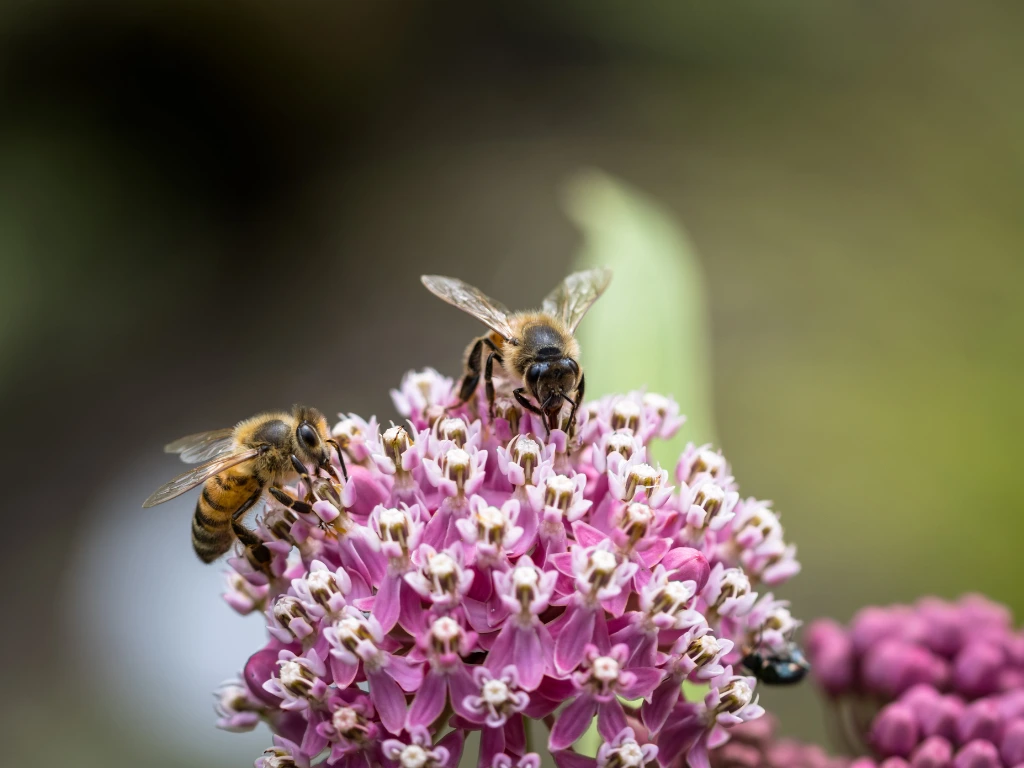
Native plants form the foundation of any successful backyard wildlife habitat. These indigenous species have evolved alongside local birds and insects, providing exactly what they need to thrive. Birds benefit from the seeds, berries, and nesting materials, while butterflies and their caterpillars rely on specific native plants as food sources.
For butterflies, include both nectar plants for adults and host plants for caterpillars. Milkweed is essential for monarch butterflies, while parsley and dill support swallowtail caterpillars. Native flowering perennials like coneflower, black-eyed Susan, and bee balm attract a wide variety of pollinators with their abundant nectar.
Choose plants that bloom in succession from spring through fall to provide continuous food sources. This strategy ensures visitors throughout the growing season and supports migratory species during their journeys.
2. Provide Fresh Water Sources
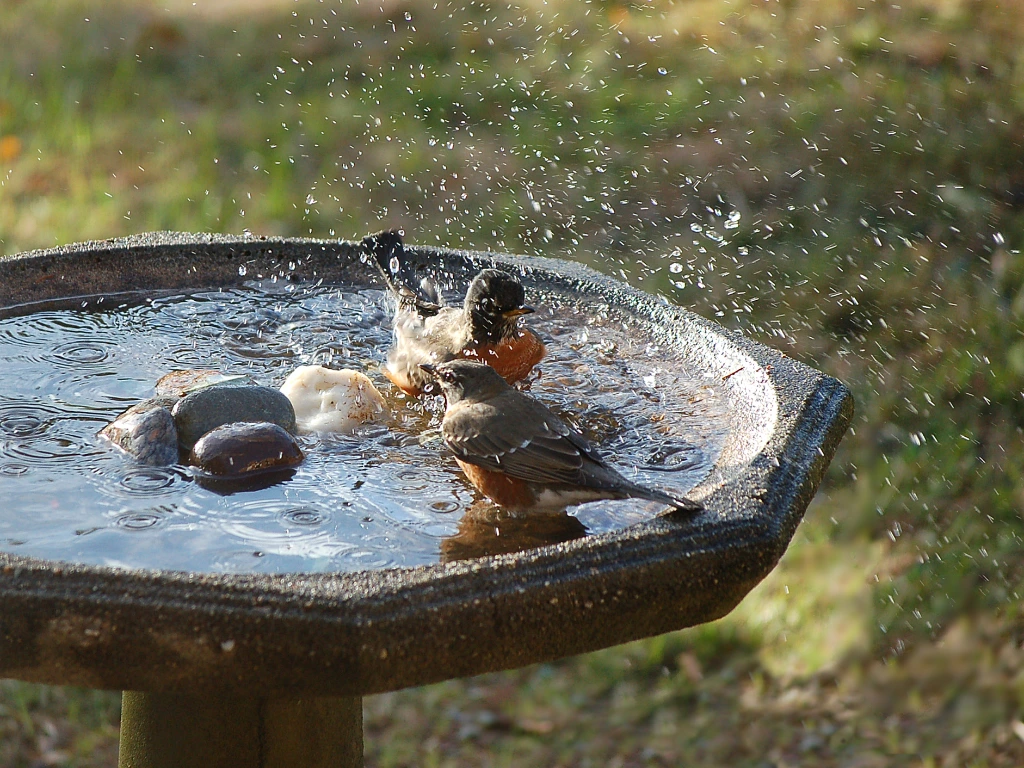
Water features are powerful wildlife attractants, drawing in creatures from throughout your neighborhood. A simple bird bath can transform your garden into a popular destination for birds seeking a place to drink and bathe.
When installing a bird bath, place it about 3 feet off the ground and near shrubs or trees that offer quick escape routes while still allowing birds to spot approaching predators. Keep the water shallow—no more than 2 inches deep—with a textured surface for secure footing. Change the water every few days to prevent mosquito breeding and algae growth.
For butterfly watering stations, create a “puddling area” with damp sand or mud. Male butterflies gather at these puddles to extract minerals they need for reproduction. Place flat stones around water features to provide landing spots where butterflies can safely drink without getting their wings wet.
3. Create Diverse Habitat Layers
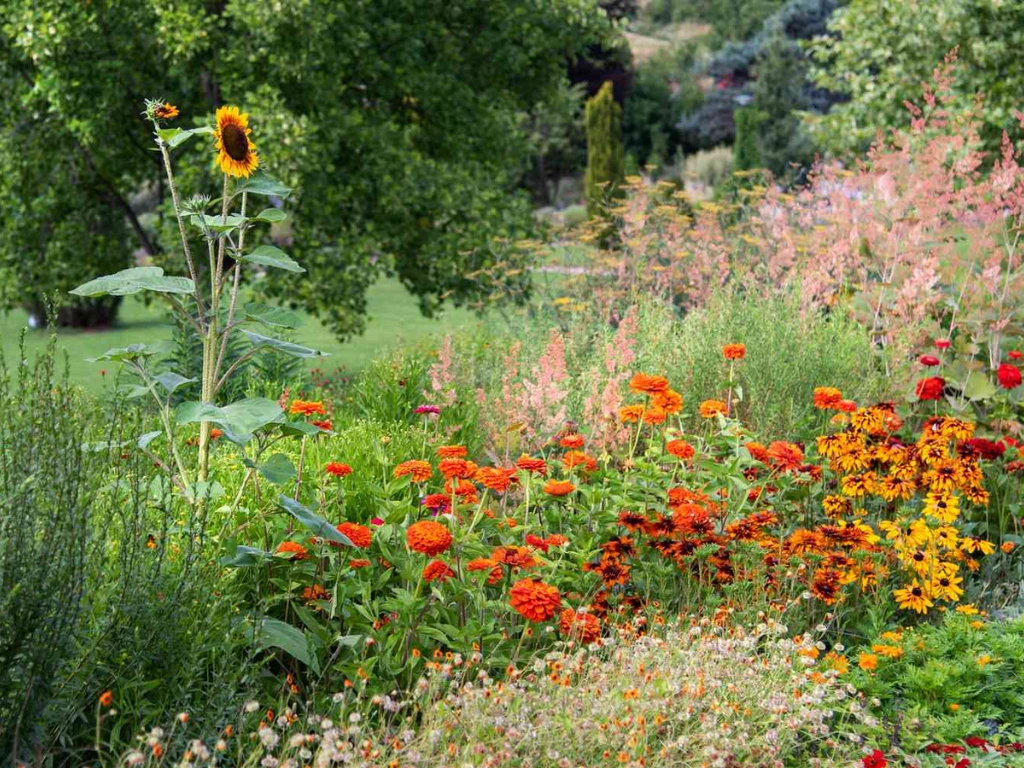
Wildlife responds best to landscapes that offer multiple vertical layers that mimic natural ecosystems. Include tall trees, mid-level shrubs, lower perennials, and ground covers to create a complete habitat structure.
Each layer serves different functions: trees provide nesting sites and lookout perches for birds; shrubs offer protective cover and berry food sources; flowering perennials supply nectar; and ground covers create safe spaces for small creatures to travel through your yard.
Dense plantings in these varied heights provide shelter from predators and harsh weather while creating microclimates that support different species. This layered approach allows more wildlife to find their preferred niche within your garden space.
4. Avoid Chemical Pesticides
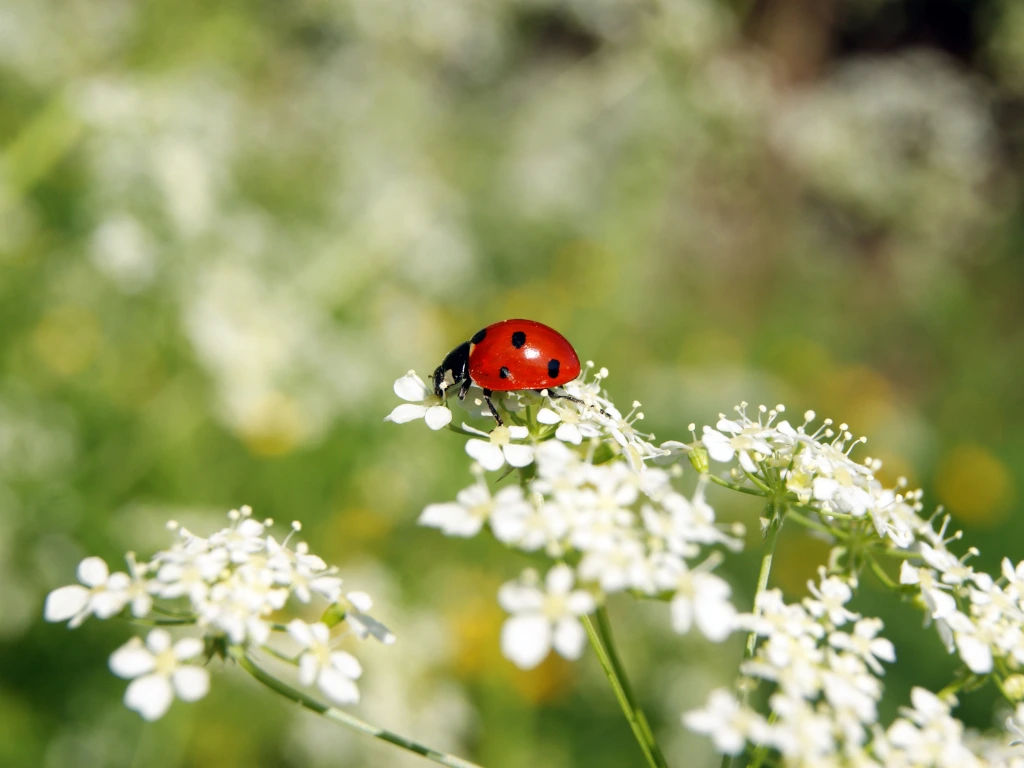
A truly wildlife-friendly garden embraces the entire ecosystem, including the insects that serve as food for birds and the occasional leaf damage from hungry caterpillars. Chemical pesticides not only harm the pests they target but can also devastate beneficial insects and the wildlife that feeds on them.
Accept some level of plant damage as part of supporting wildlife. Those holes in your leaves likely mean butterfly caterpillars are finding food, which will later become food for birds. Instead of reaching for chemicals, encourage natural pest control by attracting beneficial insects like ladybugs and lacewings that prey on garden pests.
If intervention becomes necessary, choose organic methods such as hand-picking larger pests or using targeted biological controls that won’t harm beneficial wildlife visitors.
5. Provide Shelter and Nesting Sites
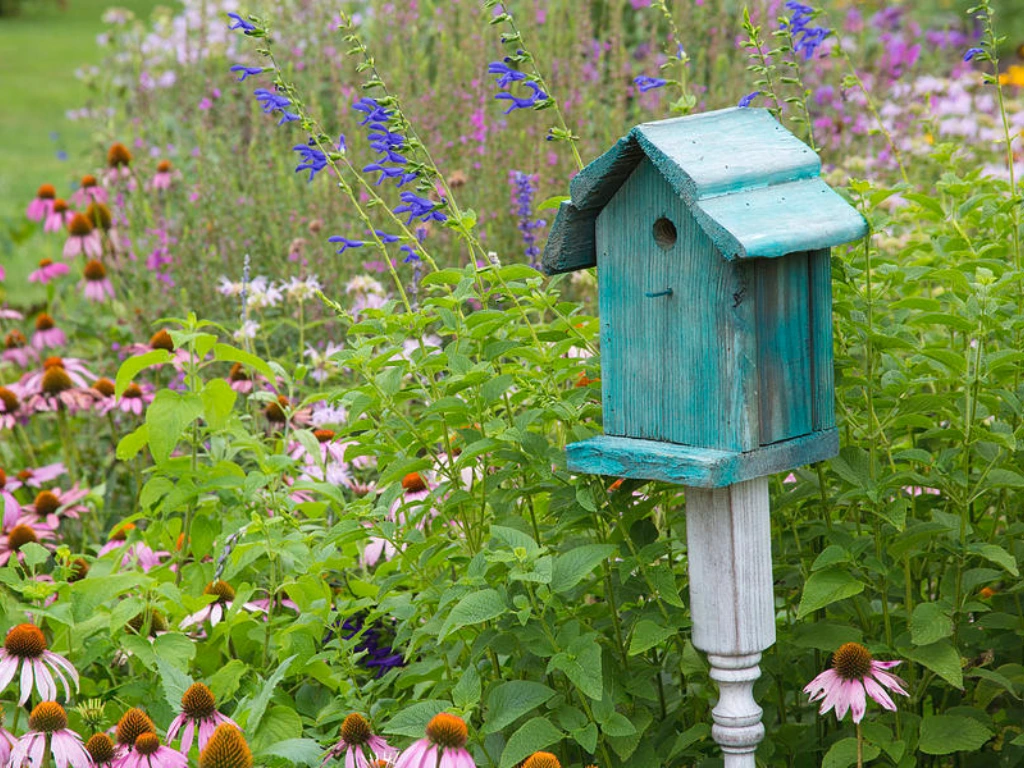
Wildlife needs safe places to rest, hide from predators, and raise their young. Incorporate both natural and constructed shelter options throughout your garden to accommodate different species’ needs.
Leave some areas of your yard “messy” with brush piles, fallen logs, or unmowed sections that provide critical habitat for ground-nesting birds and small mammals. Install birdhouses designed for specific species—wrens prefer houses with 1-inch openings while bluebirds need 1.5-inch holes.
For butterflies, place flat rocks in sunny locations where they can bask and warm their wings. Consider adding a butterfly house in a sheltered location to provide protection during rain and overnight.
Don’t be too quick to deadhead spent flowers or clear away fallen seed heads in autumn. These provide natural food sources through the winter months when other options are scarce.
Frequently Asked Questions about Creating a Wildlife Habitat
- How long does it take to attract wildlife after creating a habitat?
You may see results within days of adding key elements like bird feeders or water features. For a fully established habitat with regular butterfly and bird visitors, allow 1-2 growing seasons as plants mature and wildlife discovers your garden.
- Can I create a backyard wildlife habitat in a small space?
Absolutely! Even a balcony or patio can become a wildlife hub. Use containers for native plants, hang hummingbird feeders, install a small bird bath, and add vertical elements like trellises to maximize limited space.
- What are the best native plants for attracting butterflies?
Top butterfly-attracting native plants include milkweed, purple coneflower, black-eyed Susan, Joe-Pye weed, and asters. Research which species are native to your specific region for best results.
- How do I keep cats from hunting birds in my wildlife garden?
Place bird feeders and baths away from bushes where cats might hide. Install baffles on bird feeder poles and position houses at least 7 feet off the ground. Consider a designated enclosed “catio” for pet cats to enjoy outdoor time safely.
- Do I need to provide food year-round?
While natural food sources should be your primary focus, supplemental feeding can help wildlife through challenging seasons. Keep bird feeders filled consistently during winter months when natural foods are scarce.
By incorporating these five essential elements into your outdoor space, you’ll create a vibrant wildlife habitat that supports local biodiversity while bringing the joy of nature observation right to your doorstep. Start with just one or two of these strategies and gradually expand your wildlife-friendly garden as time and space allow.
By following these five tips, you can transform your garden into a thriving wildlife habitat. With a little effort and some thoughtful planning, you’ll create a space where birds, butterflies, and other creatures can thrive. Happy gardening!
Related Post
